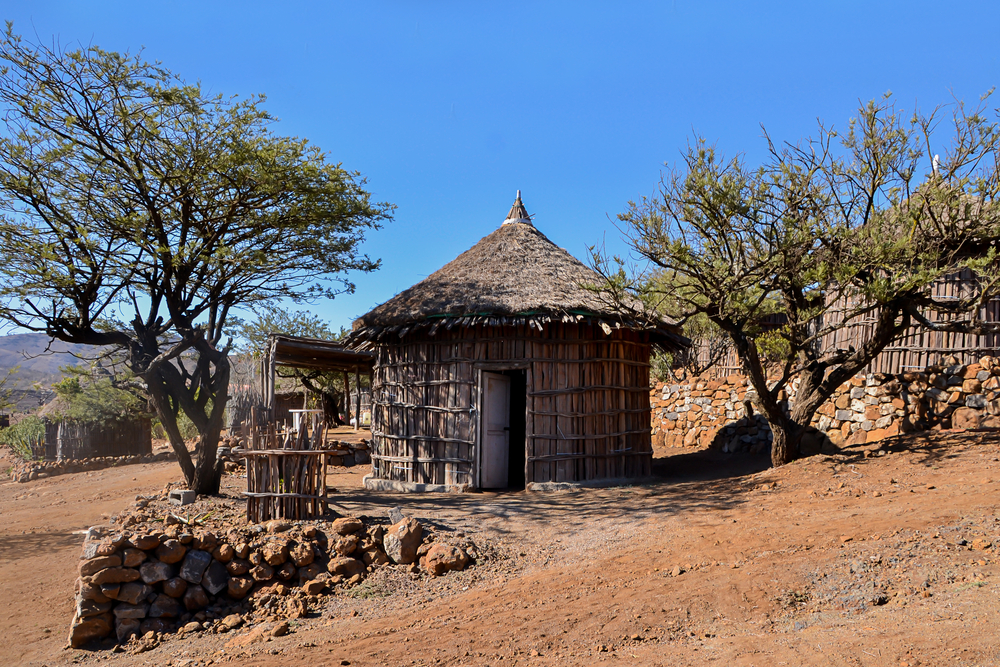Day Forest Overview
Day Forest National Park, nestled in the Goda Mountains of Djibouti, is a lush, green sanctuary spanning approximately 36 square miles (93 square kilometers). This park is one of the few remaining forested areas in the country, offering a striking contrast to Djibouti’s typically arid landscapes. Located about 25 miles (40 kilometers) northwest of the capital city, Djibouti, Day Forest National Park is a vital ecological haven that supports diverse flora and fauna, providing a refreshing retreat for nature enthusiasts and a crucial habitat for wildlife.
The park’s elevation ranges from 3,300 to 5,000 feet (1,000 to 1,500 meters) above sea level, contributing to its cooler climate and lush vegetation. The dense forest canopy, primarily composed of juniper and olive trees, creates a unique microclimate that sustains a variety of plant species not found elsewhere in Djibouti. The undergrowth is rich with ferns, mosses, and flowering plants, adding to the park’s botanical diversity and beauty.
Day Forest National Park is home to an array of wildlife, making it a significant biodiversity hotspot. Mammals such as the endangered Djibouti francolin, a bird species unique to this region, thrive in the park’s protected environment. Additionally, visitors might spot vervet monkeys, Soemmerring’s gazelles, and the elusive beira antelope. The park also supports a variety of bird species, making it a paradise for birdwatchers. Birds such as the Abyssinian woodpecker, African paradise flycatcher, and various raptors can be observed within the forest.
Exploring Day Forest National Park is an adventure that can be enjoyed through guided hikes and nature walks. Well-marked trails lead visitors through the forest, offering opportunities to experience the park’s serene beauty and observe its wildlife up close. The park’s terrain ranges from gentle slopes to steeper, rugged areas, providing diverse hiking experiences suitable for different fitness levels.
In addition to its natural allure, Day Forest National Park holds cultural significance for the local Afar and Issa communities. These communities have deep connections to the land, and their traditional knowledge and practices play a role in the park’s conservation efforts. Visitors can learn about the local culture and the importance of sustainable living in harmony with nature.
The park also serves as a critical water catchment area, supporting the region’s water supply and contributing to the ecological health of the surrounding areas. Conservation efforts in Day Forest National Park focus on protecting its unique ecosystem from threats such as deforestation and climate change. These initiatives aim to preserve the park’s biodiversity and ensure its sustainability for future generations.
In summary, Day Forest National Park is a verdant oasis in the heart of Djibouti, offering a unique blend of lush landscapes, rich biodiversity, and cultural heritage. Its cool, forested environment provides a stark contrast to the surrounding arid regions, making it a must-visit destination for nature lovers and adventure seekers. Whether hiking through the dense canopy, birdwatching, or learning about local cultures, visitors to Day Forest National Park are sure to experience the enchanting beauty and ecological significance of this exceptional natural wonder.










































































